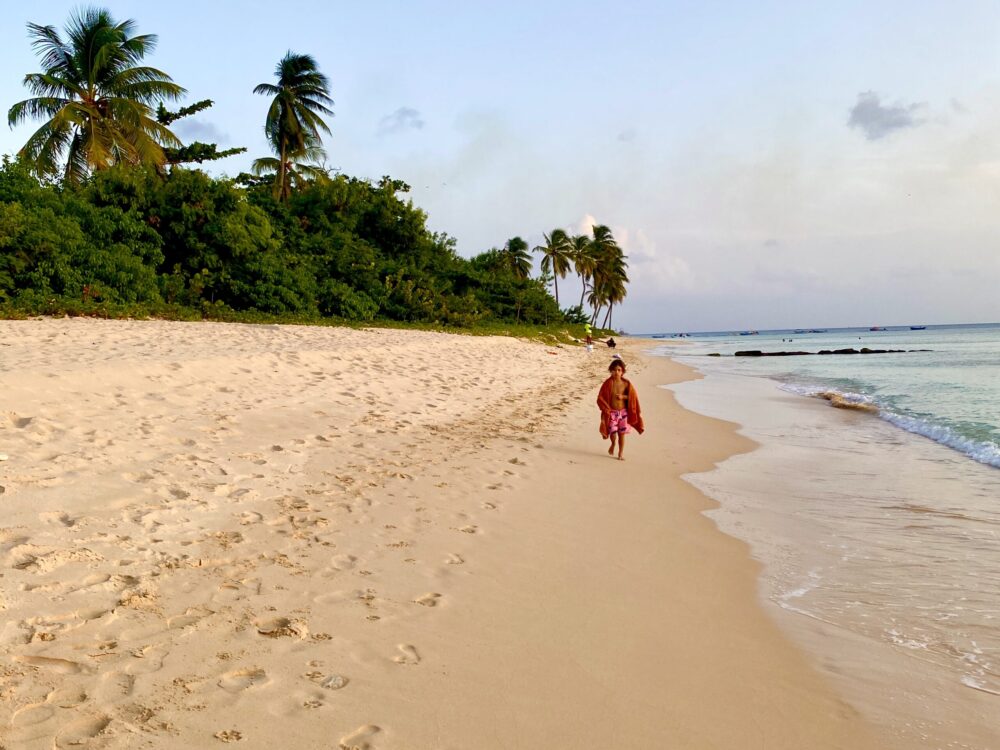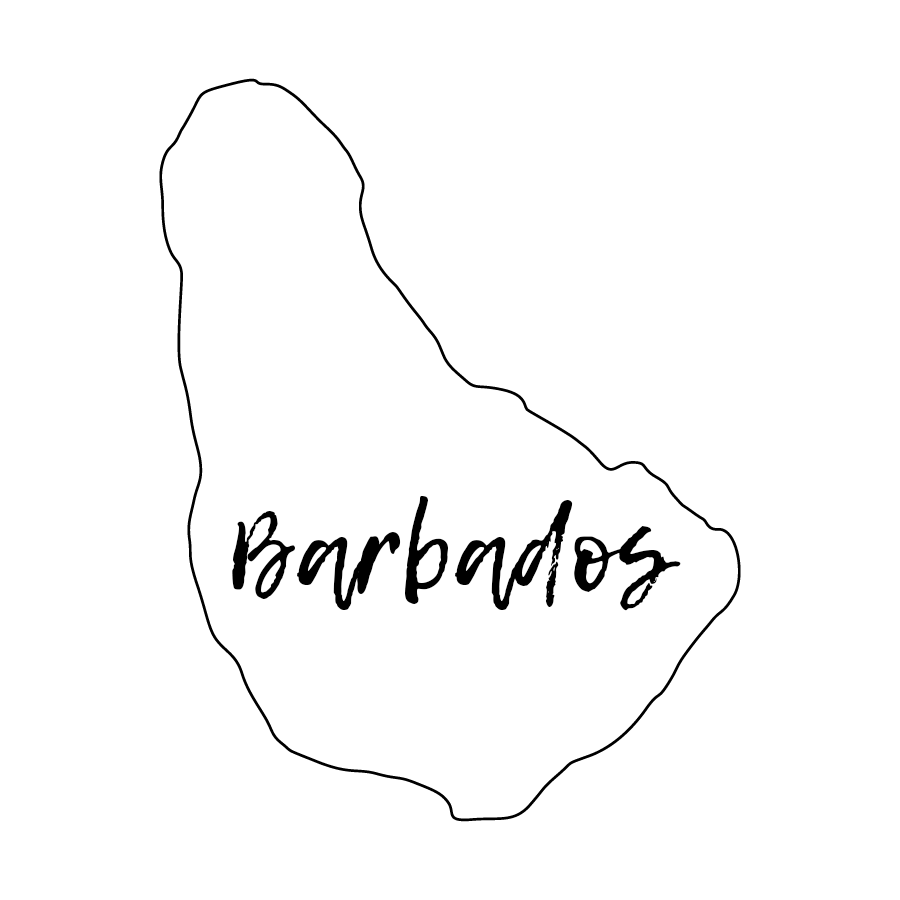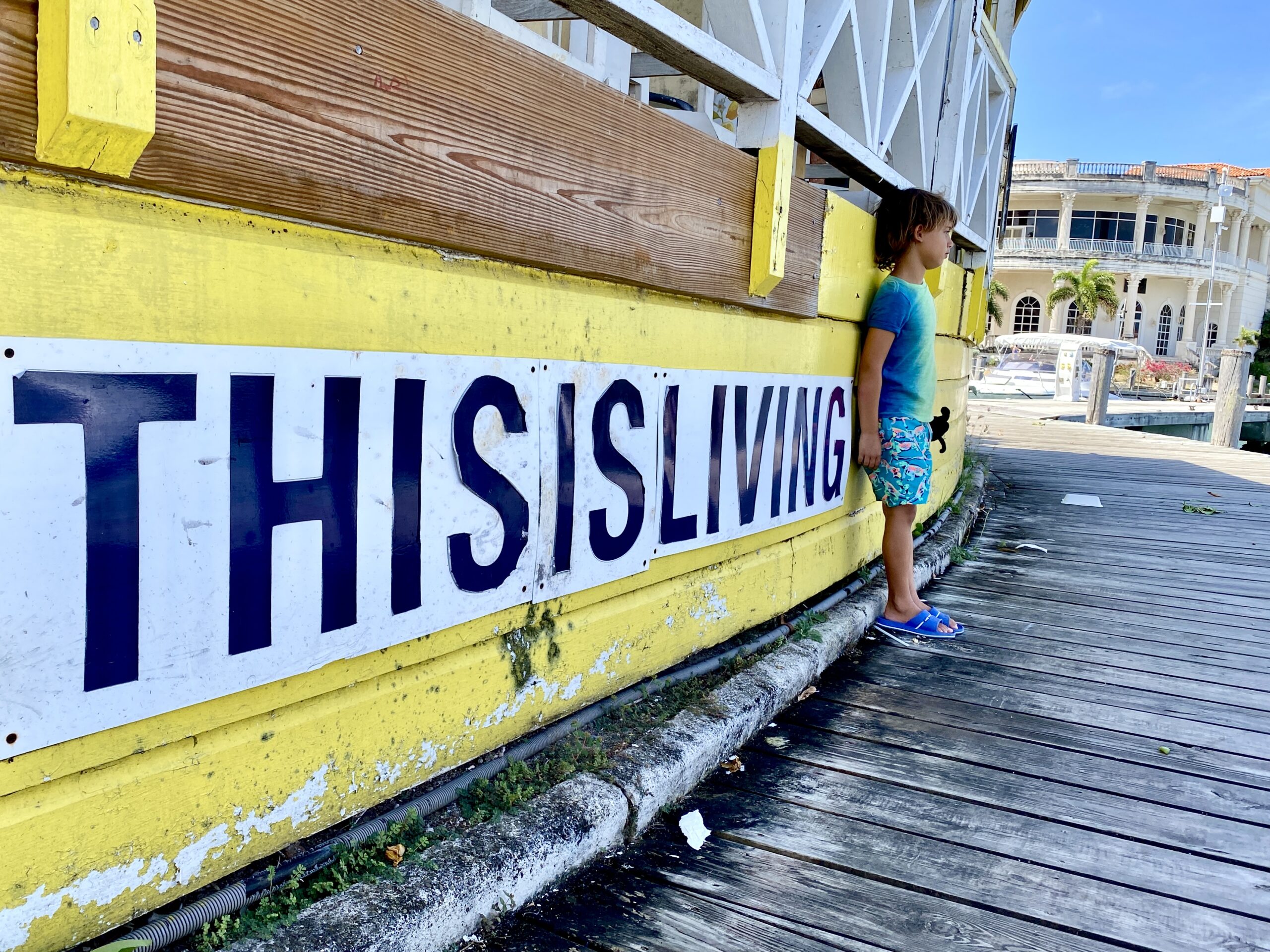Panama
“The land divided, the world united.” (Inscription on the Panama Canal)
Located in Central America, Panama is bordered by Costa Rica and Colombia. Nestled in between three oceans, it is the only place in the world where you can see the sun rise on the Pacific and set on the Atlantic.
Panama is a beautiful and diverse country, offering a wide range of experiences for travellers, from pristine beaches, to dense rainforests, to bustling cities. Panama has a rich cultural heritage, with influences from Spanish, African, and indigenous cultures.
Panama has always been a crossroads, a place where different cultures meet and blend; the bridge between two continents, the heart of the Americas.
The capital, Panama City – is a modern, vibrant metropolis. Protecting and preserving its history whilst embracing progression, celebrating its past and future.
Casco Viejo is the oldest part of the city and the site of the original settlement founded in 1519. You can explore the historic district (a UNESCO World Heritage Site) which includes the remains of colonial-era buildings such as old churches, convents and government buildings. With many charming plazas, art galleries and quirky rooftop restaurants and bars that look across to its modern counterpart.
In stark contrast, the newest part of Panama City, known as Punta Pacifica. Where you have swanky high rise buildings and luxury hotels; A shopping mecca, with everything from high-end designer stores to local markets selling handicrafts and souvenirs. It sits on a petite peninsula overlooking the ocean.
The Biomuseo, cannot be missed. A striking example of modern architecture, designed by world-renowned architect Frank Gehry. The museum is dedicated to the biodiversity of Panama and the role it plays in the world’s ecosystems.
The Panama Canal however, is the most acclaimed attraction – one of the most impressive engineering feats in the world. You can take a guided tour led by knowledgeable guides who can provide more information about the history and significance of the Panama Canal in relation to the rest of the world.
You can also visit the museum which features interactive exhibits that convey the story of the Panama Canal – from its initial conception, to its construction and operation. Displaying a vast collection of artefacts and memorabilia. The museum’s advanced technology allows visitors to use virtual reality to explore the canal. There are several observation points along the canal, including the Miraflores Visitors Center and the Agua Clara Locks where you can sit back and watch the ships passing through the locks.
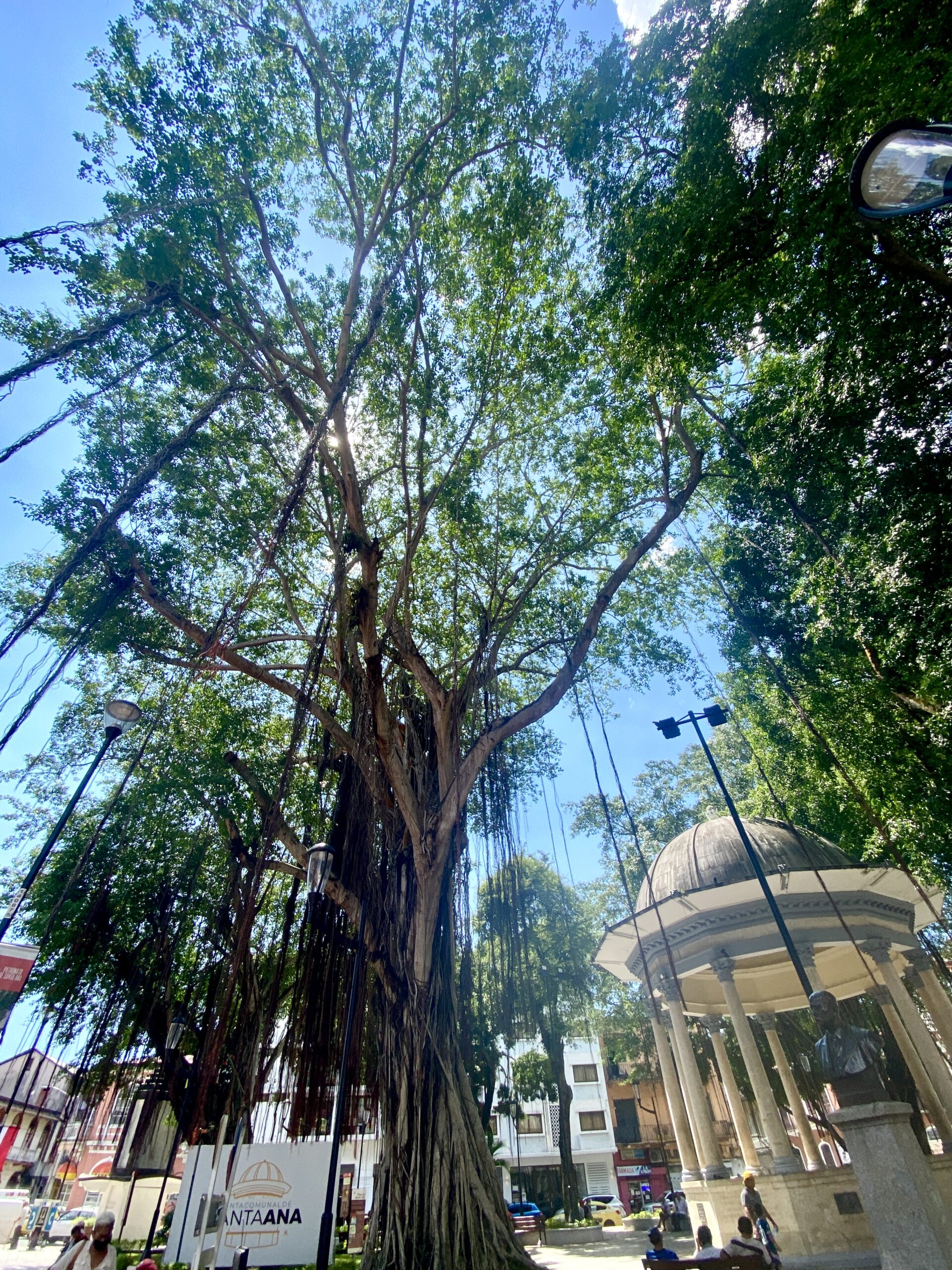
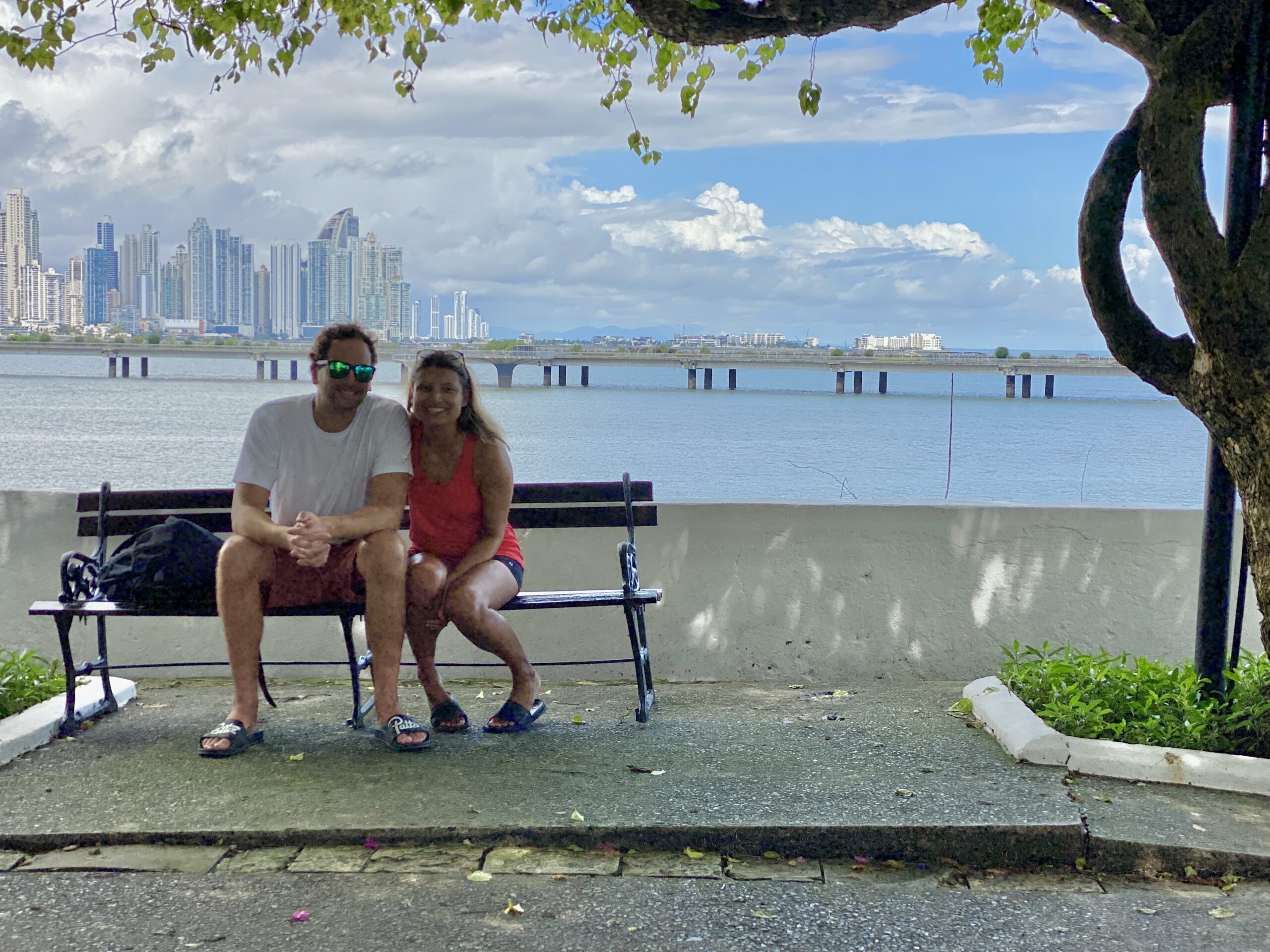


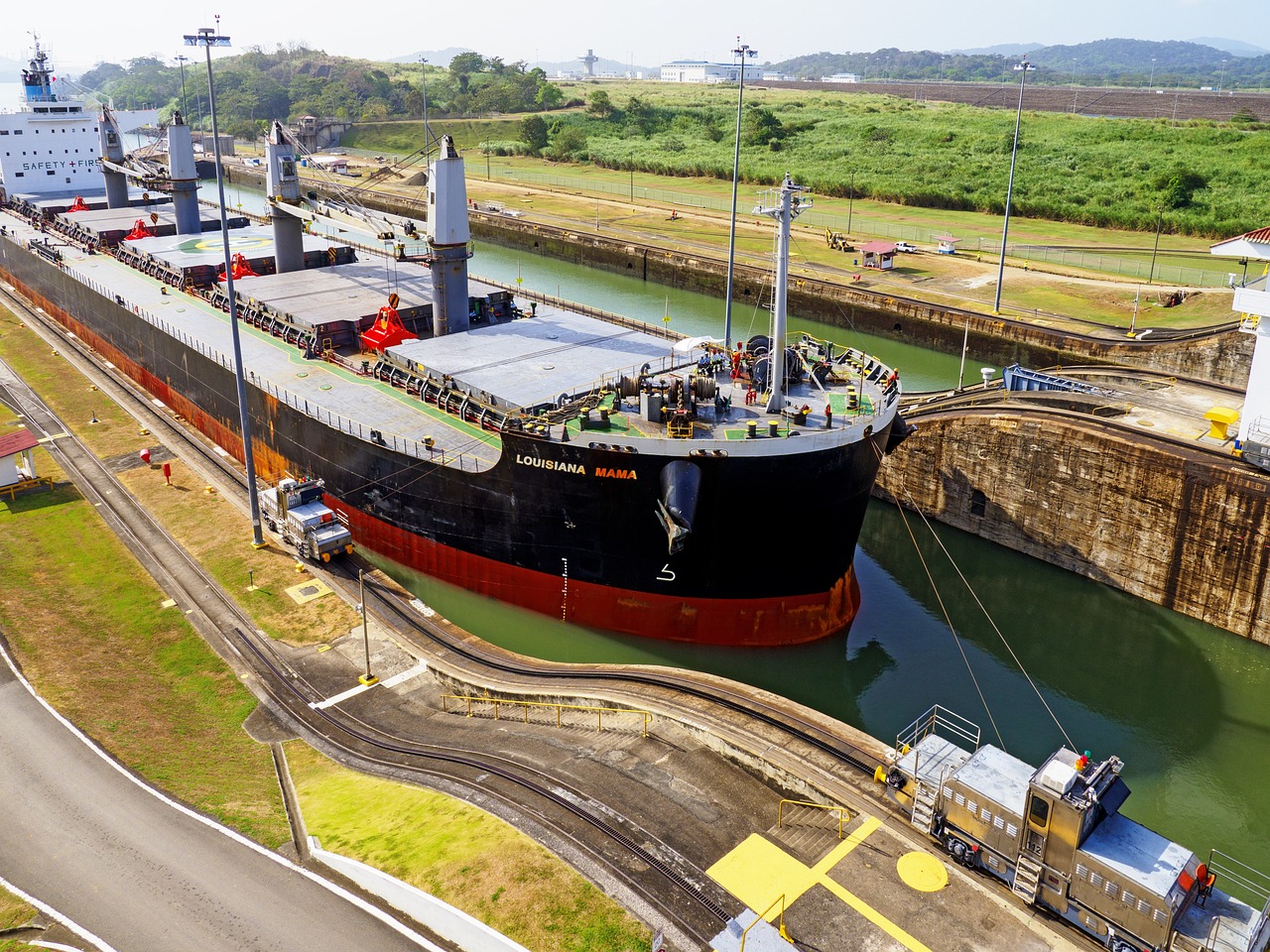
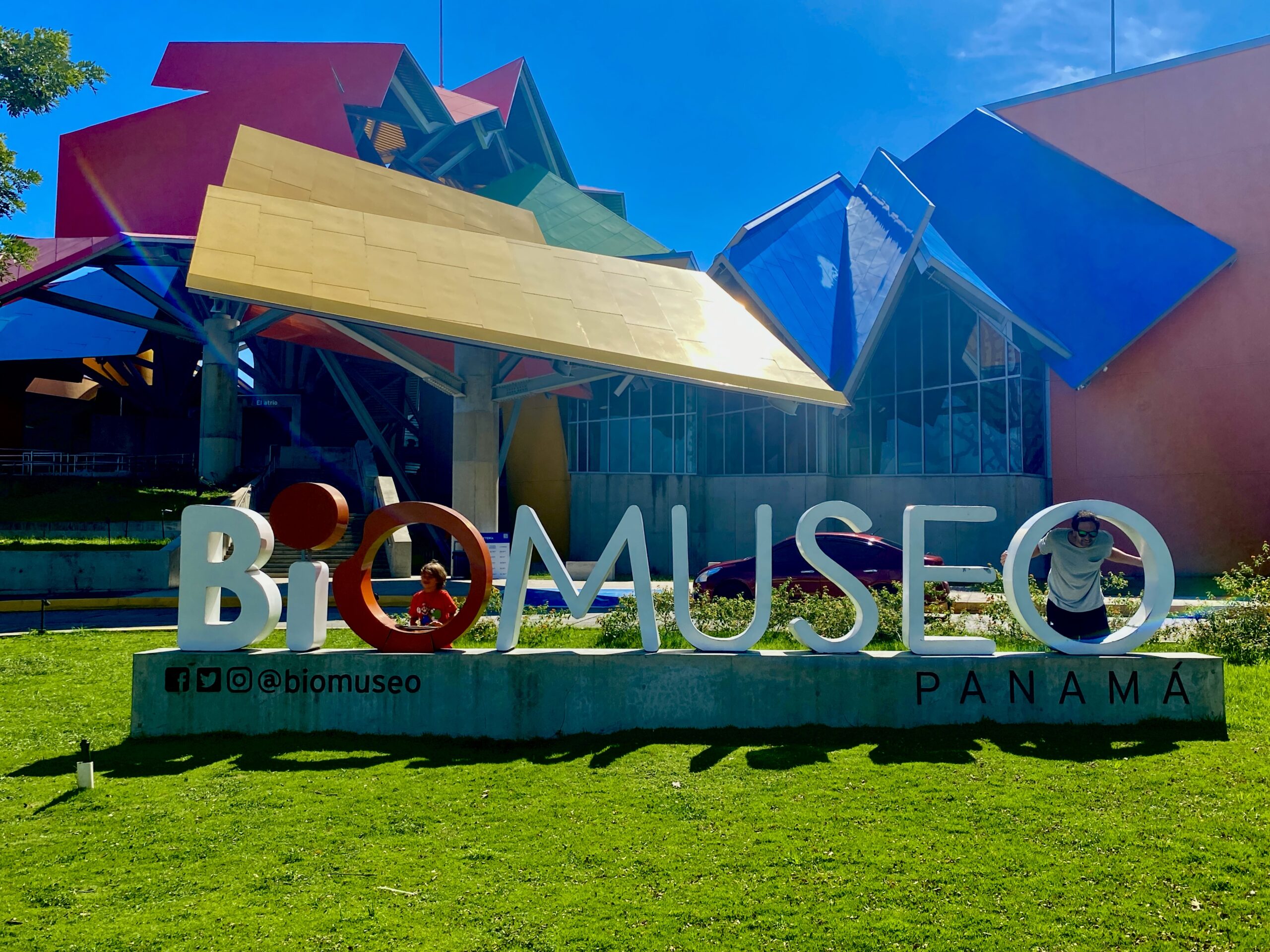
With its diverse terrain, there is an abundance of natural beauty in Panama, with plenty of opportunities for outdoor adventure. You can visit traditional villages in the countryside, take boat trips in search of monkeys, explore the rugged terrain with off-roading tours, zipline through rainforests, hike mountains, or simply relax on the beautiful beaches.
The country has some of the most alluring beaches in the world, with white sand and crystal-clear waters. From the popular resort town of Bocas del Toro, to the less touristy untouched San Blas Islands, there are many beach destinations to choose from. With plenty of opportunities for water activities, such as swimming, snorkelling, diving, fishing, surfing and whitewater rafting.
One of our favourite excursions was visiting the San Blas Islands. This archipelago off the Caribbean coast of Panama is home to the indigenous Guna Yala people, who maintain their traditional way of life. Visitors can enjoy pristine beaches, clear waters, and colourful coral reefs.
Bocas del Toro is a group of islands off the Caribbean coast of Panama. A popular resort town distinguished by its colourful architecture – offering a laid-back atmosphere, beautiful beaches and world-class surfing.
There are many national parks and reserves throughout Panama, where you can see a wide range of wildlife, including monkeys, sloths, jaguars and exotic birds – up close in their natural habitat. The Metropolitan Natural Park is a 265-hectare park located in the heart of Panama City. It’s a great place to go hiking, birdwatching, and enjoy panoramic views of the city.
Boquete is a popular mountain town in the western highlands of Panama, known for its cool climate, stunning natural scenery, and excellent coffee.
The tropical forests of Panama are one of the great biological treasure troves of the world. Darien National Park – a vast rainforest in eastern Panama is one of the most biodiverse places on Earth, home to jaguars, tapirs, ocelots, sloths, spider monkeys, harpy eagles and many other species of birds and reptiles.
Compared to other destinations in Central and South America, Panama provides so much more variety with affordable travel options. You can find budget-friendly accommodation, restaurants, and activities throughout the country.
Overall, Panama is a beautiful and diverse country that offers something for every type of traveller. Whether you’re interested in nature, culture, history, or adventure, Panama is a destination that should be on your travel list.
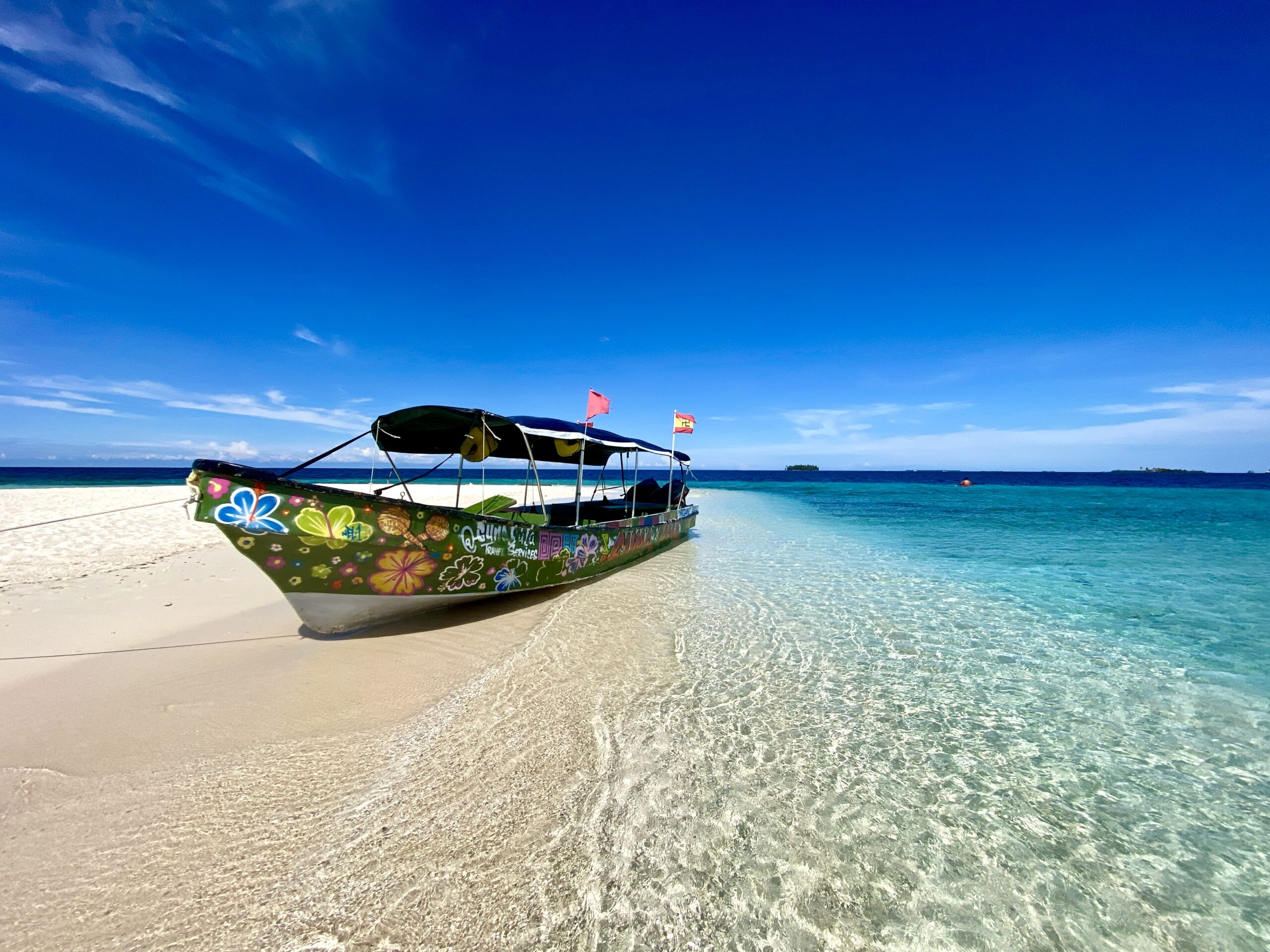
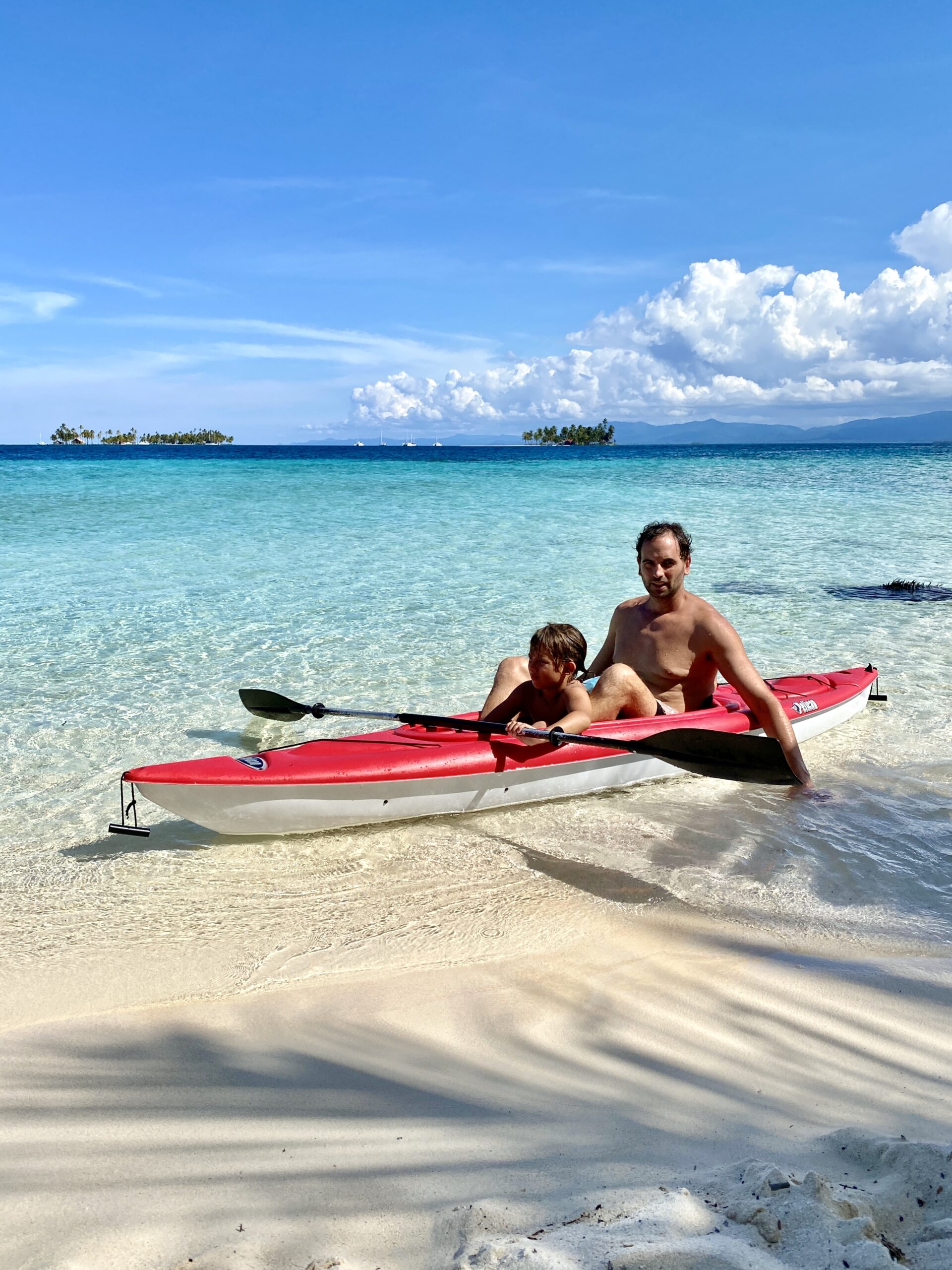
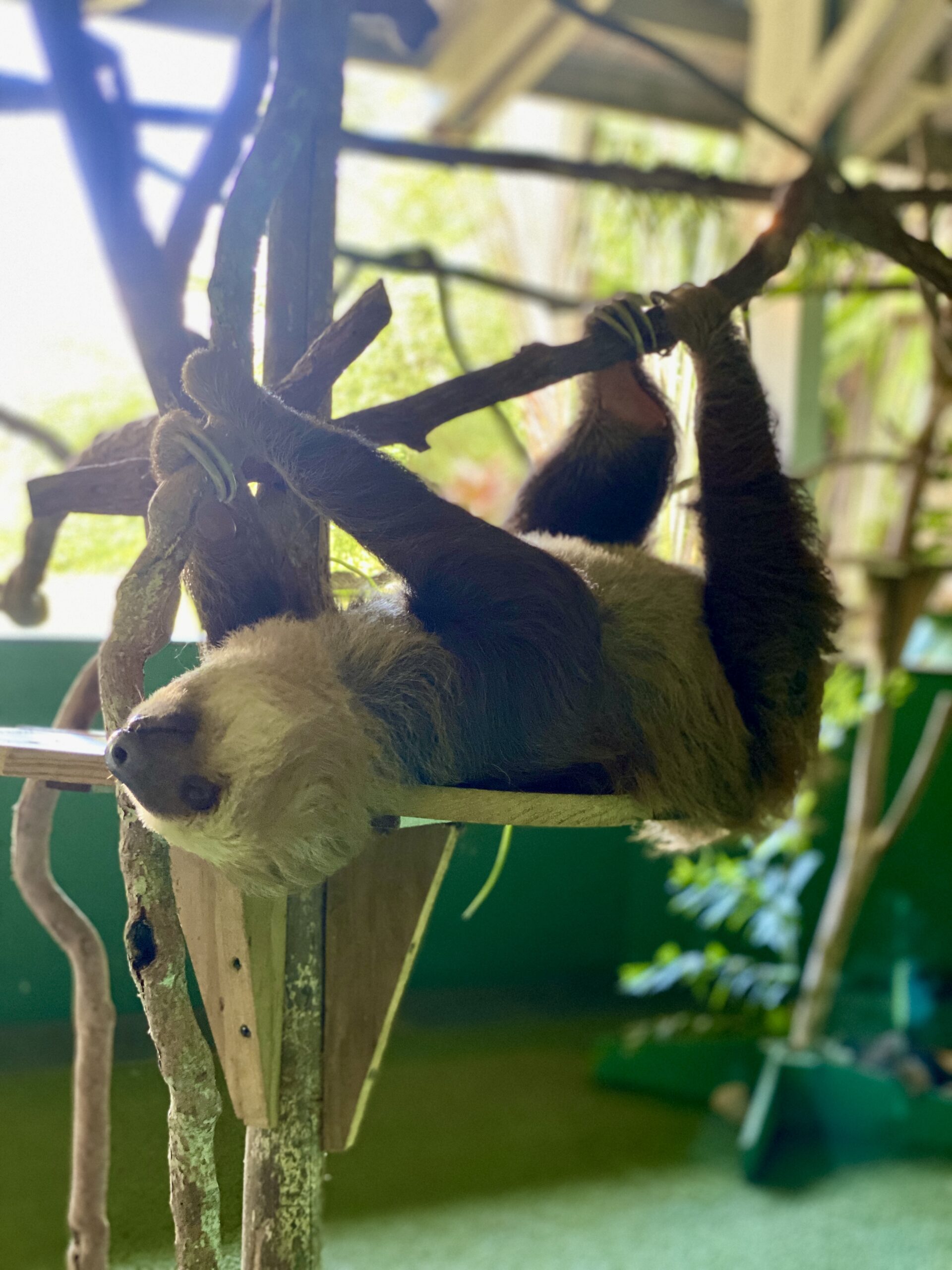
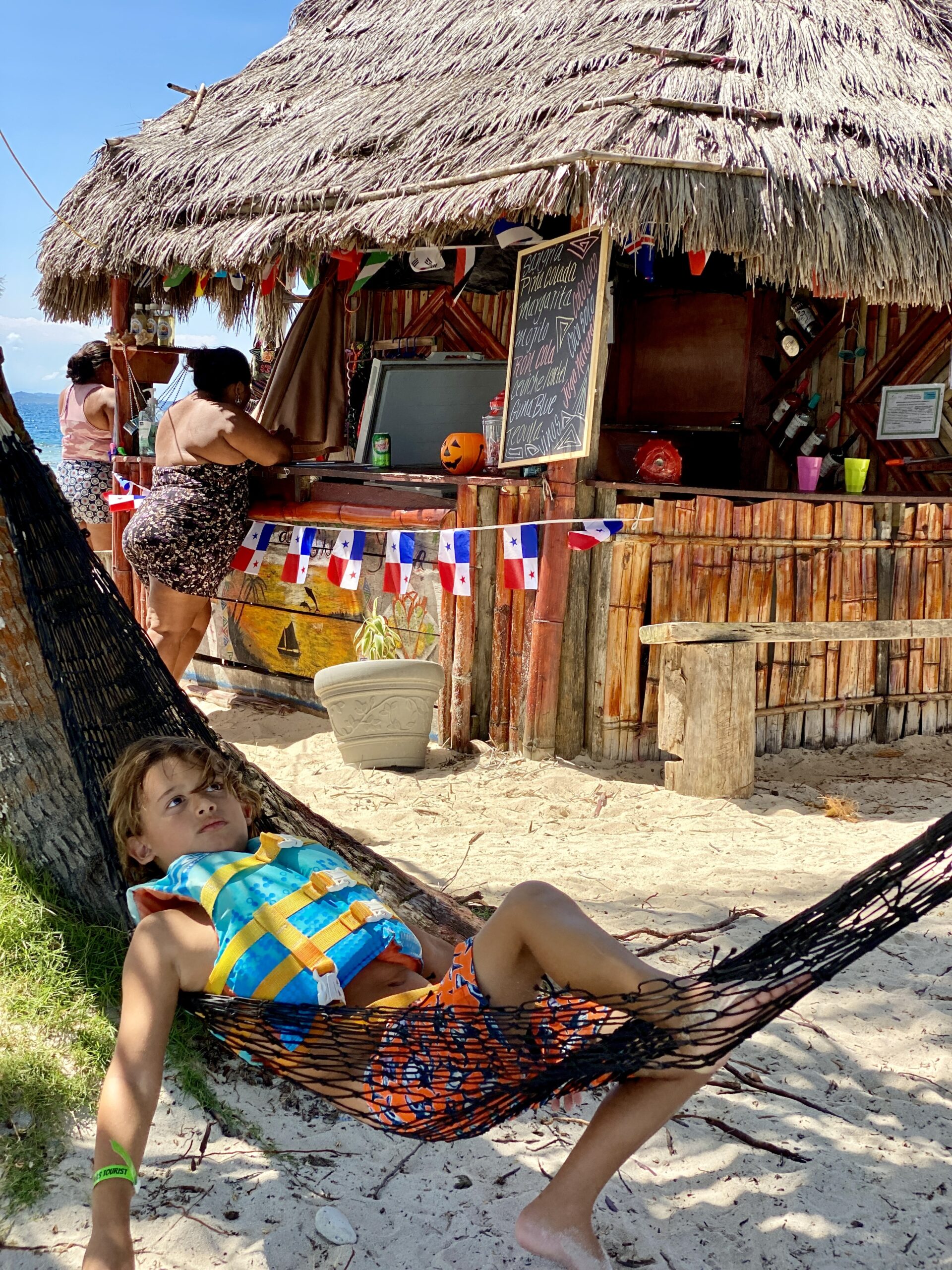

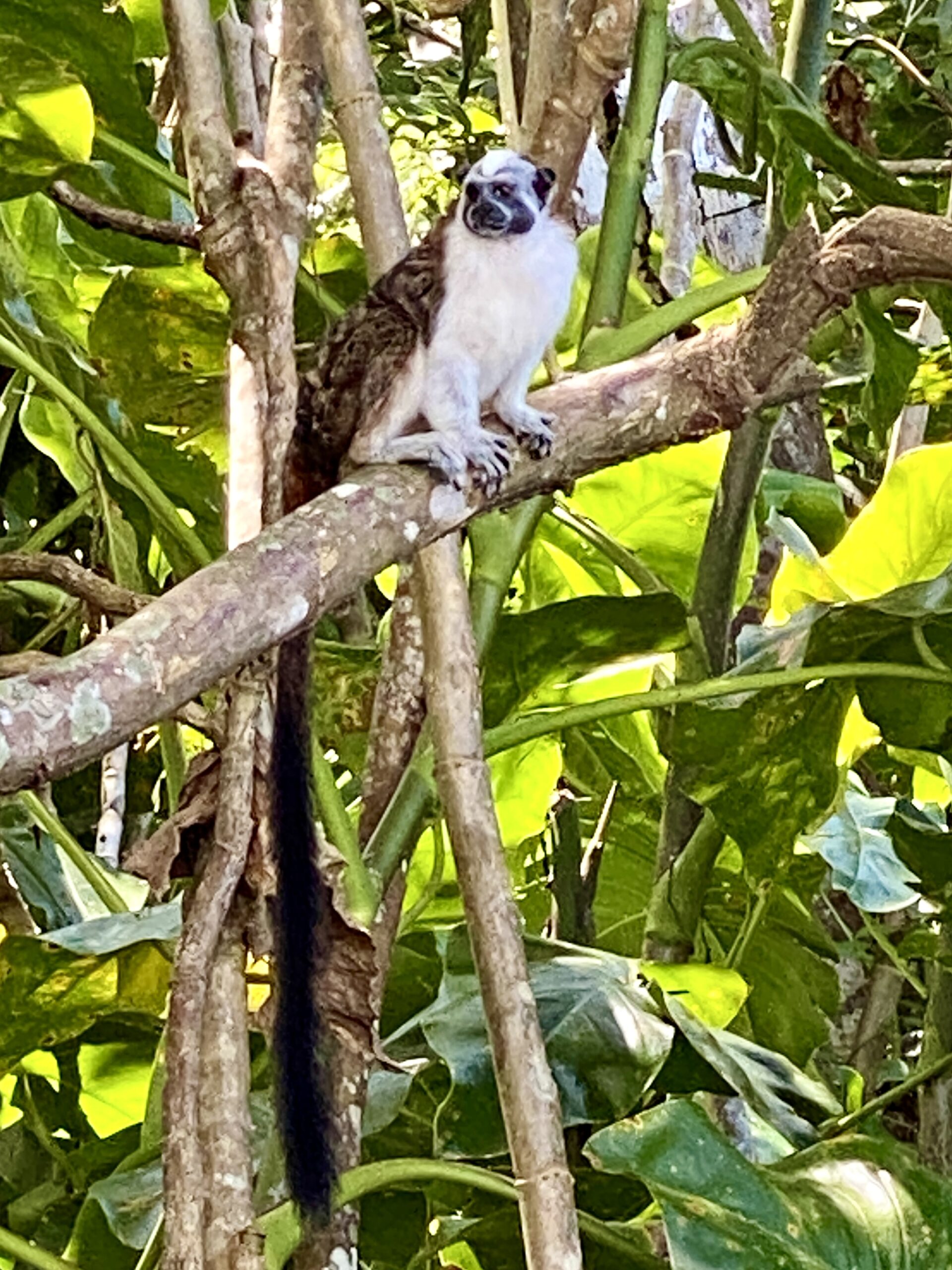
ISLAND HIGHLIGHTS
THE SPECIFICS
LANGUAGE:
The official language of Panama is Spanish. Spanish is spoken by the majority of the population and is the primary language used in government, education, and business. However, there are also significant populations that speak other languages, such as English, Mandarin, and various indigenous languages. English is commonly spoken in tourist areas and by those in the tourism industry. Some indigenous languages, such as Ngäbere and Kuna, are also spoken by indigenous communities in Panama.
CURRENCY & ATM:
The official currency of Panama is the Balboa (PAB). However, the US dollar is also widely accepted and used in Panama as legal tender. In fact, many transactions in Panama are conducted in US dollars, and it’s not uncommon for businesses to quote prices in US dollars. The Balboa is pegged to the US dollar at a 1:1 exchange rate, making it simple as the two currencies have the same value: $1 USD = $1PAB.
Yes, there are many ATM machines in Panama, particularly in urban areas like Panama City and other major cities. ATM machines are widely available and can be found in banks, shopping centres, and other public areas. It’s important to note that some smaller towns and rural areas may have limited access to ATMs, so it’s a good idea to have some cash on hand when traveling to these areas.
Additionally, some ATMs may charge fees for international transactions, so it’s a good idea to check with your bank about any potential fees before using an ATM in Panama. Overall, accessing cash through ATMs is a convenient and safe way to obtain local currency in Panama.
INTERNET SPEEDS:
Panama has a relatively modern and well-developed telecommunications infrastructure, and internet speeds in Panama are generally good. According to the Speedtest Global Index as of September 2021, the average fixed broadband speed in Panama is around 61.16 Mbps, while the average mobile internet speed is around 45.12 Mbps.
However, internet speeds may vary depending on your location and service provider. In urban areas like Panama City, internet speeds are generally faster and more reliable than in rural areas.
Overall, internet speeds in Panama are comparable to those in many developed countries and should be sufficient for most everyday tasks, including streaming, video conferencing, and online gaming.
TRAVEL ADAPTOR:
In Panama, the standard voltage is 110V to 120V and the frequency is 60Hz. If you are traveling from a country with different voltage and frequency standards, you will need a travel adapter to use your electrical devices in Panama.
The electrical outlets in Panama are type A and type B. Type A outlets are two-pronged, flat outlets and type B outlets are three-pronged outlets with two flat parallel prongs and a round grounding prong. So we advise that you check the specifications of your adapter before you travel.
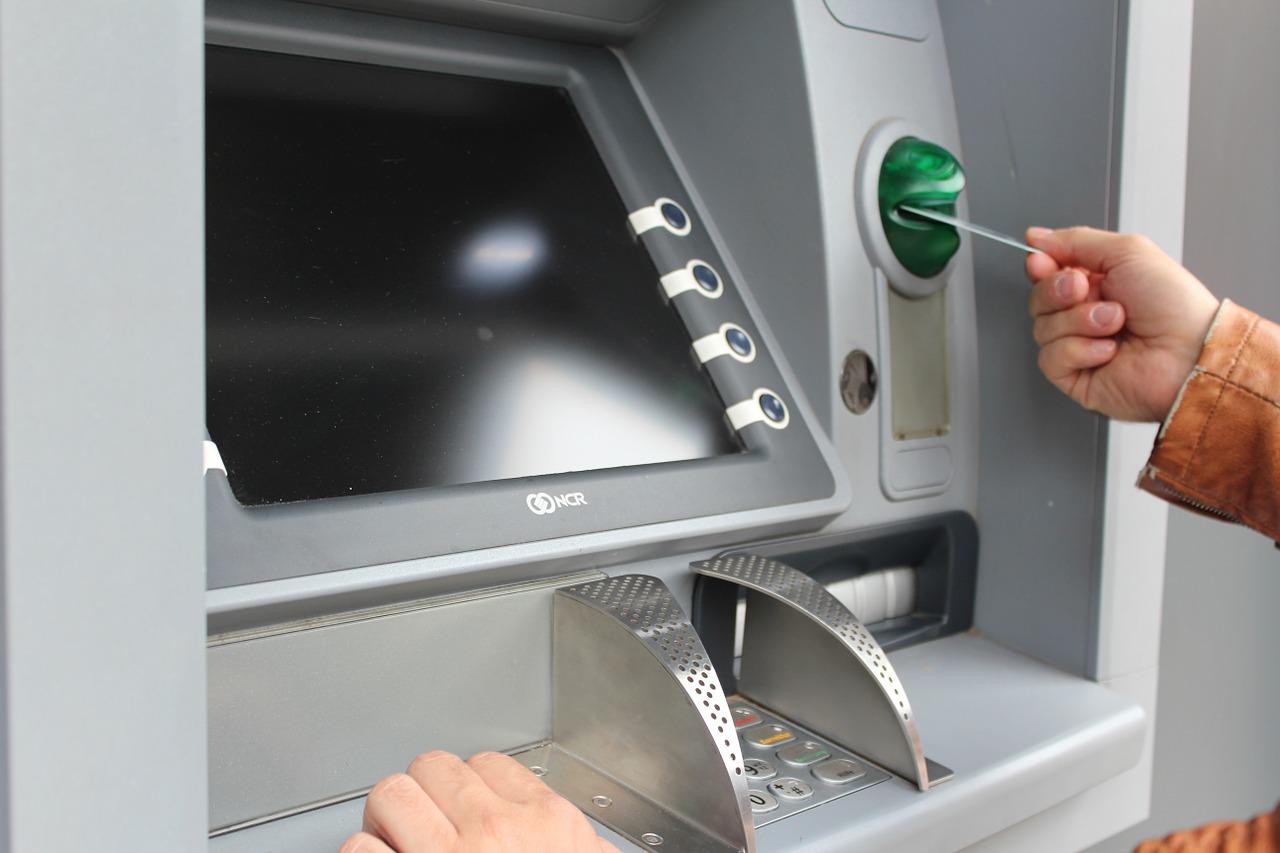

ENTRY REQUIREMENTS:
The entry requirements for Panama vary depending on the traveller’s country of origin and purpose of travel. Here are the general requirements:
It’s important to note that entry requirements for Panama may change at any time due to COVID-19 restrictions or other factors. Travellers should check with the Panamanian embassy or consulate in their country for the most up-to-date information before traveling.
VACCINATIONS:
There are no mandatory vaccinations required for entry into Panama unless you are arriving from a country with a risk of yellow fever transmission, in which case a yellow fever vaccination certificate is necessary.
However, the Centres for Disease Control and Prevention (CDC) and the World Health Organisation (WHO) recommend that travellers to Panama should be up-to-date on routine vaccinations, including measles, mumps, rubella (MMR), diphtheria, tetanus, pertussis, and varicella (chickenpox). The CDC also recommends Hepatitis A and Typhoid vaccinations for most travellers to Panama, and Hepatitis B and Rabies vaccinations for those who may have exposure to blood or body fluids or who may have close contact with animals.
It’s important to consult with a healthcare provider at least 4-6 weeks before your trip to discuss your specific health needs and recommended vaccinations based on your travel itinerary and personal health status. Additionally, travellers should take precautions to prevent mosquito bites and protect themselves from diseases such as Zika, Dengue, and Chikungunya, which are transmitted by mosquitoes in Panama.
Please refer to the latest travel advice from the official Travel State Government website before travelling.

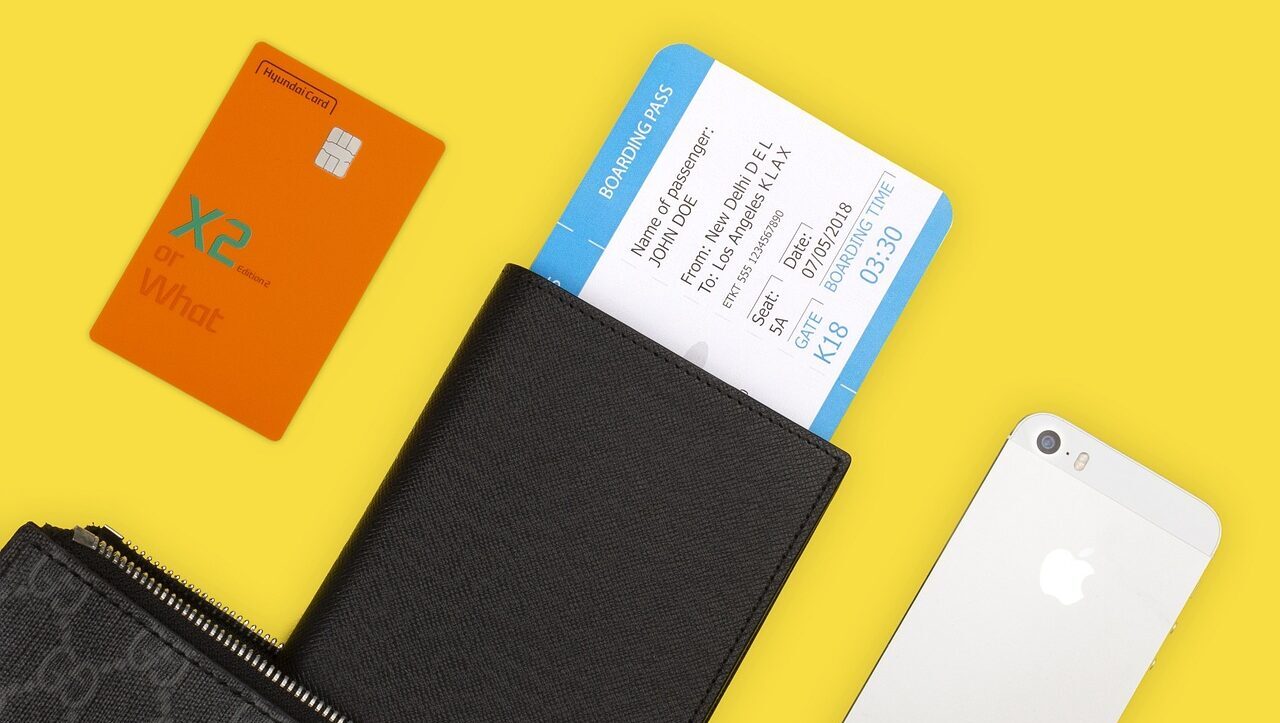
SAFETY:
Panama is generally considered a safe country for travellers, but like any destination, there are certain precautions that travellers should take to ensure their safety. Here are some tips to stay safe in Panama:
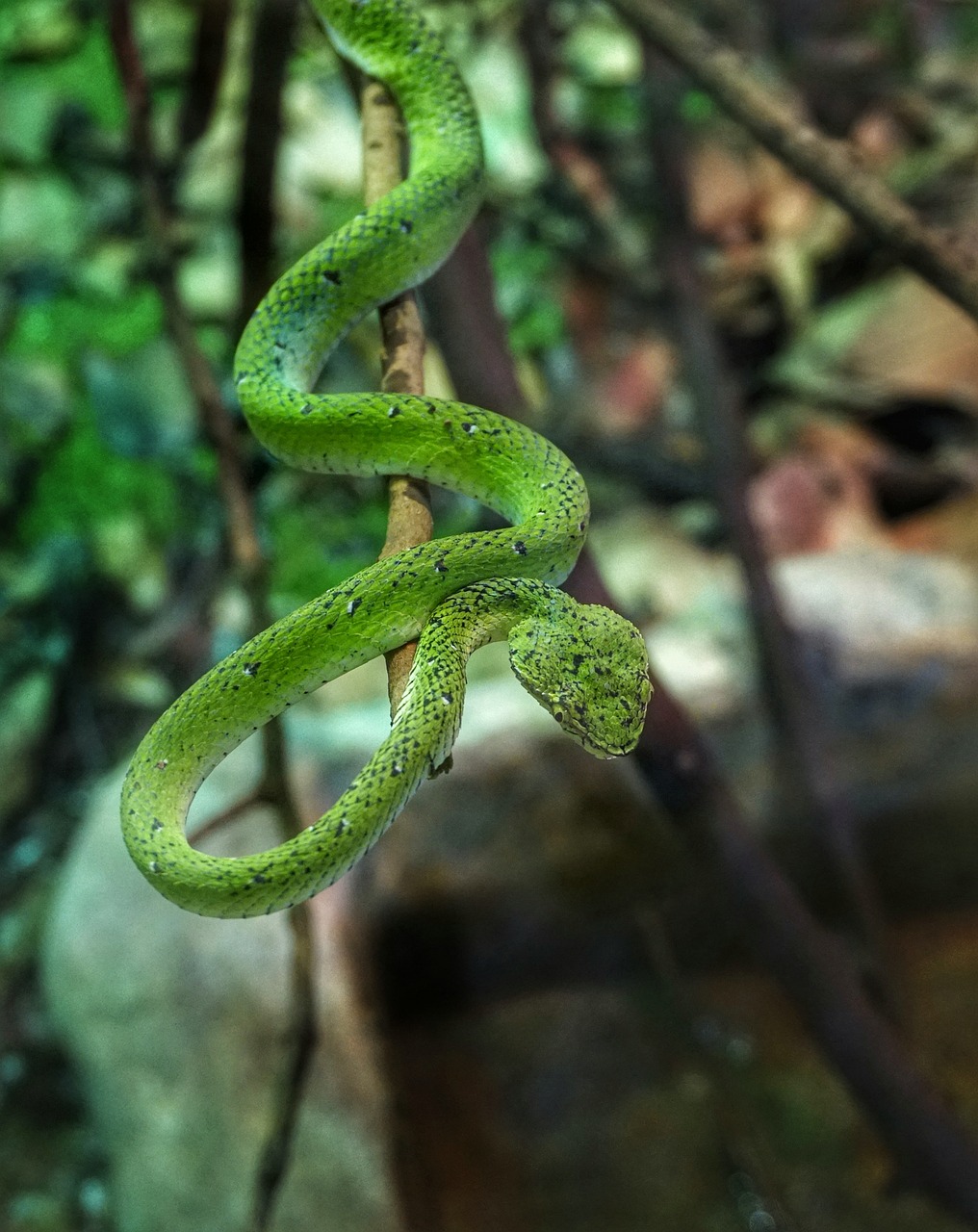



WHERE SHOULD I STAY?
Panama offers a range of accommodation options to suit different travel styles and budgets. Here are some popular areas to consider for your stay in Panama:
Panama City
The capital city of Panama offers a range of accommodation options, from budget hostels to luxury hotels. The historic Casco Viejo district is a popular area for tourists, with its charming cobblestone streets, historic buildings, and lively nightlife.
Bocas del Toro
Bocas del Toro is a popular beach destination in Panama, known for its stunning natural scenery and relaxed atmosphere. There are many hotels, hostels, and vacation rentals available in the area.
Boquete
Boquete is a charming mountain town in western Panama, known for its cool climate, coffee plantations and natural beauty. Again, there are many hotels, lodges and vacation rentals available for travellers.
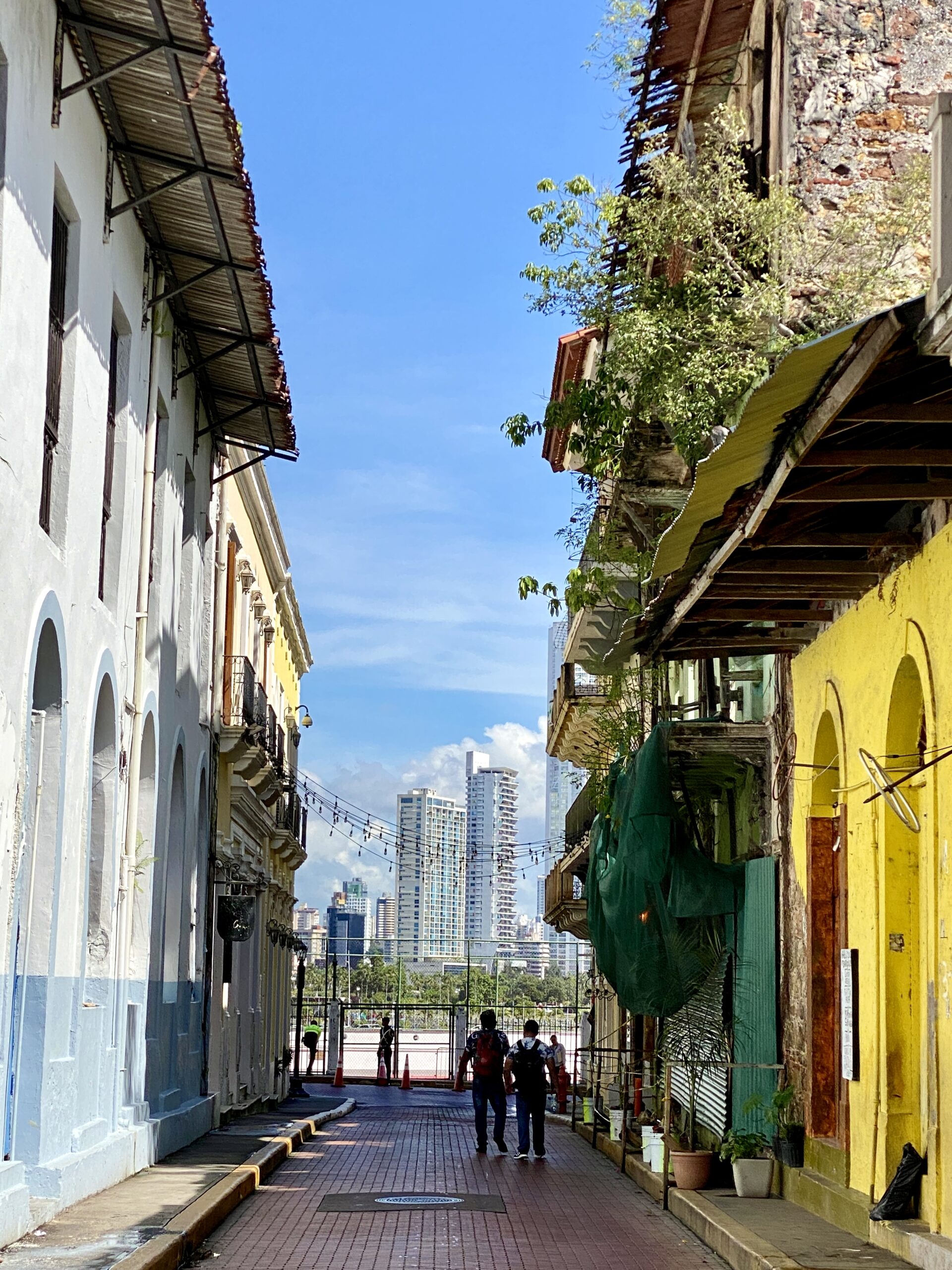
“Panama City”
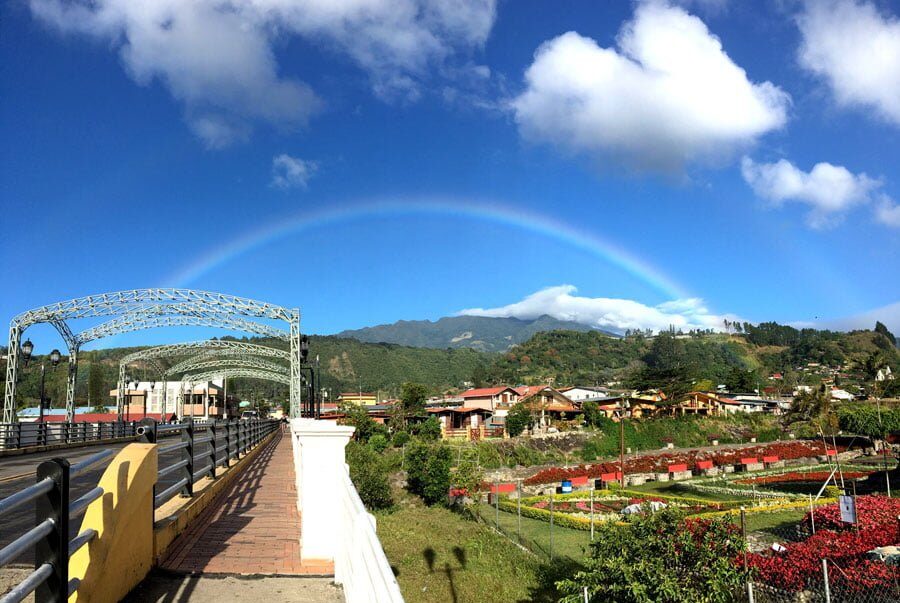
“Boquete”

“Panama City”
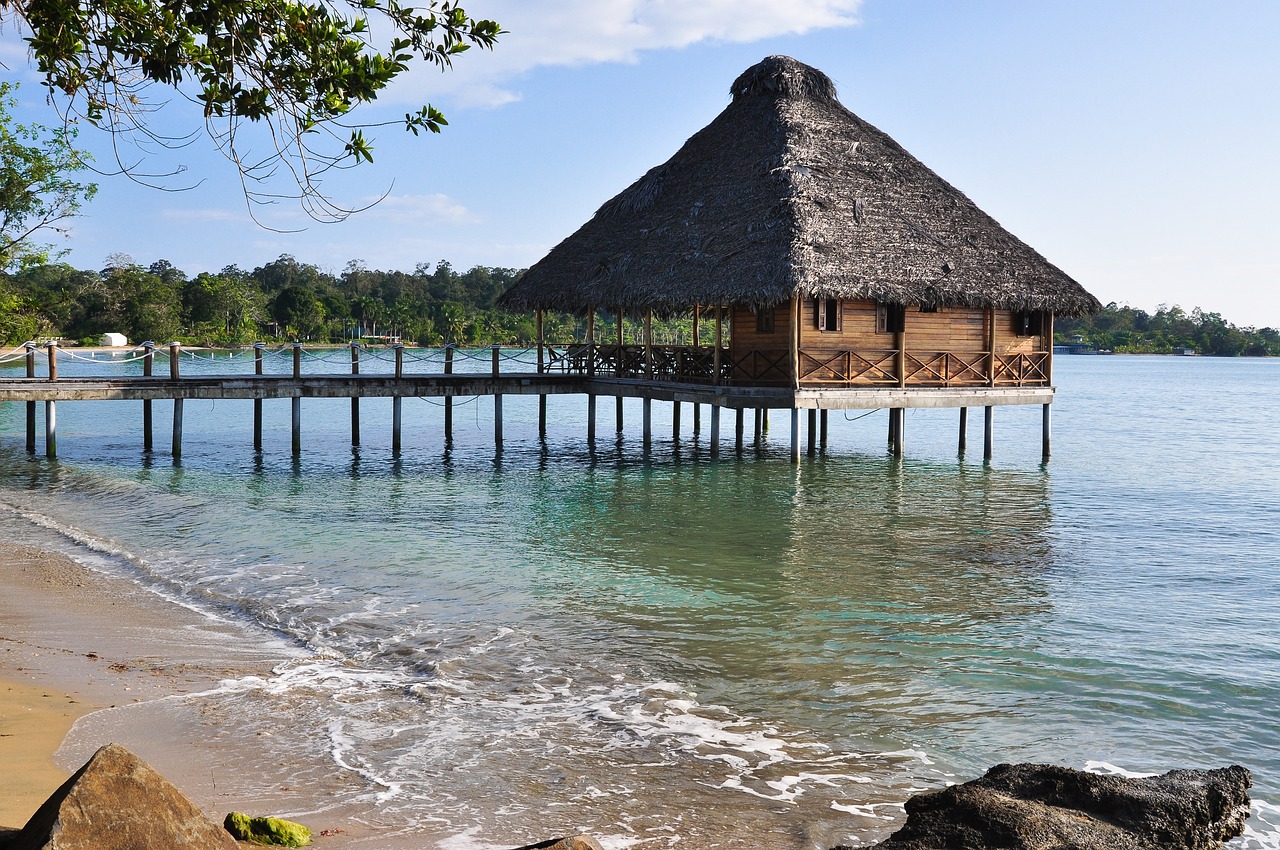
“Bocas del Toro”
San Blas Islands
The San Blas Islands are a group of islands off the Caribbean coast of Panama, known for their crystal-clear waters, white-sand beaches, and vibrant indigenous culture. There are several small basic lodges such as beach huts and campsites available on the islands. It is worth noting that electricity is fairly scarce on the islands, so it is worth checking before you travel if required. We loved being uncontactable in the wilderness, for several days as it gave you the real opportunity to relax and appreciate our beautiful surroundings – it was bliss!
Gamboa Rainforest Reserve
The Gamboa Rainforest Reserve is a popular destination for eco-tourists and nature lovers, with its lush rainforest, wildlife, and bird-watching opportunities. There are several eco-lodges and a luxury resort (where you can book many tours for monkey island, sloth sanctuary and zip-lining through the rainforest). Note, that you are really in the wilderness here and it may take a few hours to return to Panama city, dependent on the traffic. We recommend that you pre-book transportation, due to Gamboa’s remote location. Such a gorgeous place to stay and be submerged in nature.

“Gamboa Rainforest Reserve”
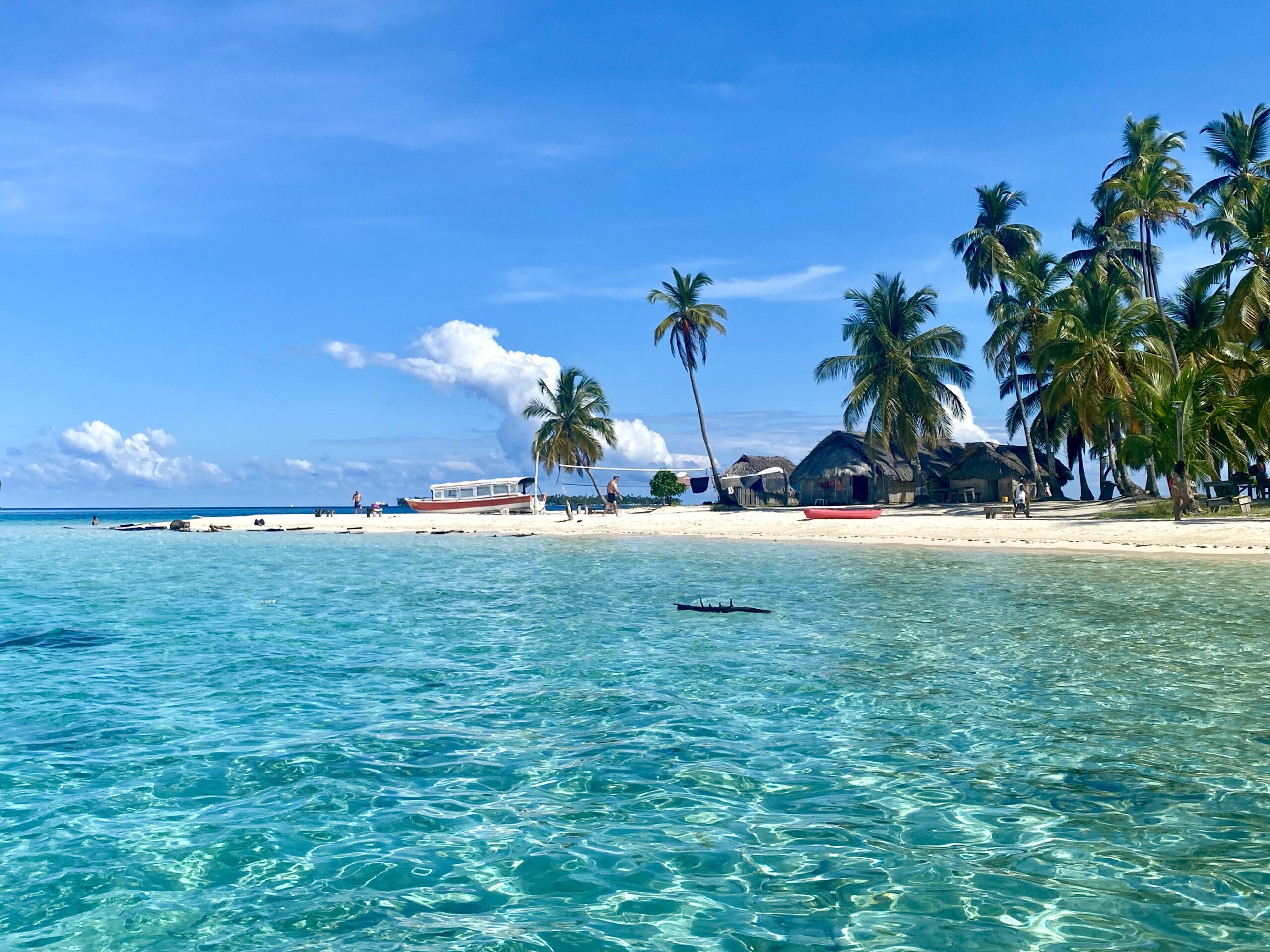
“San Blas”

“Gamboa Rainforest Reserve”
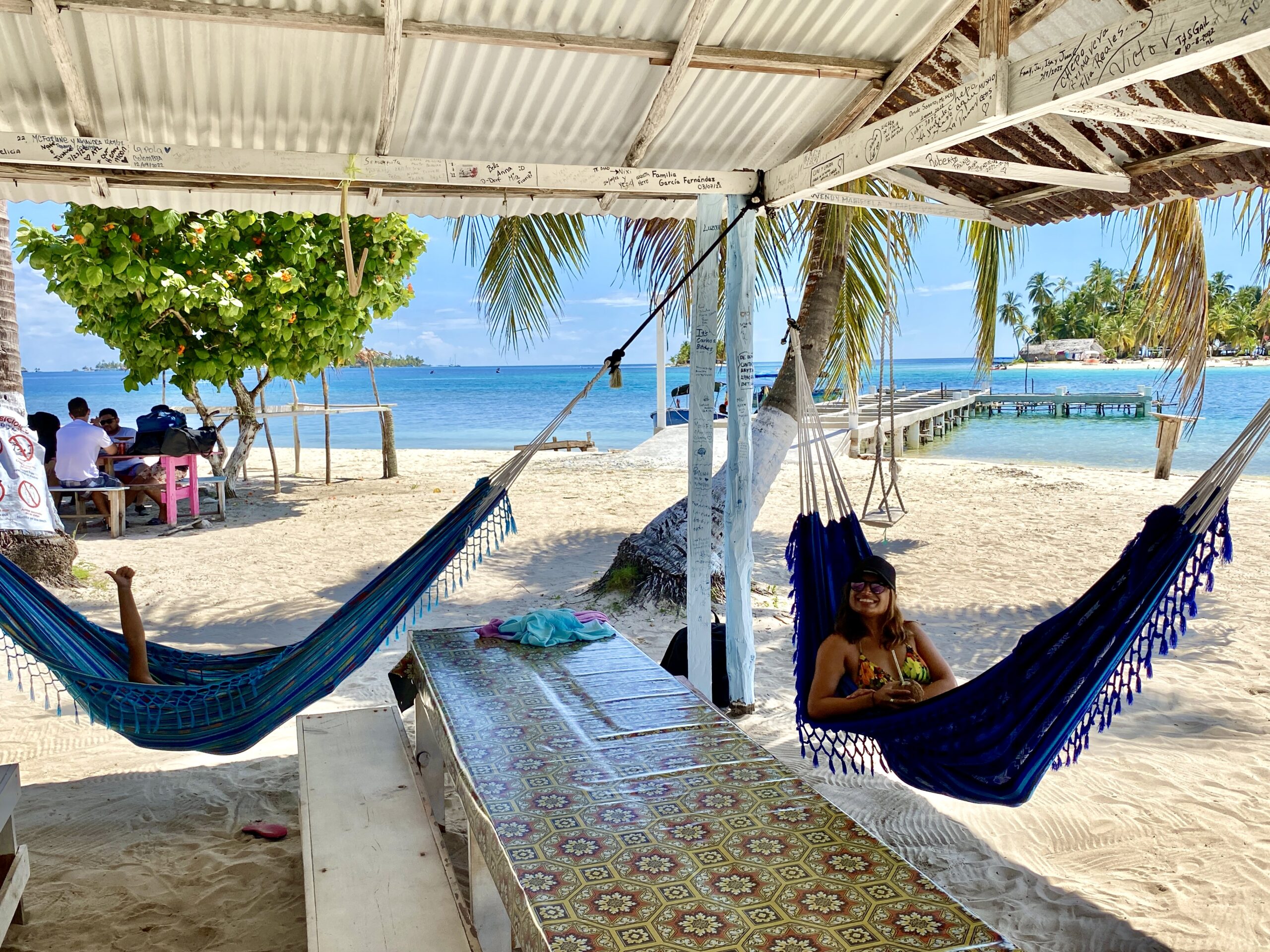
“San Blas”
TRANSPORT
The best mode of transport to get around Panama depends on several factors, such as your budget, itinerary, and destination. Here are some options to consider:.
CAR HIRE
Rental cars are a good option for travellers who want to explore remote areas of Panama or have more flexibility in their itinerary. However, driving in Panama can be challenging, especially in urban areas with heavy traffic. It is worth remembering that they drive on the righthand side of the road here, which can be confusing for us Brits!
TAXIS
Taxis are a convenient and relatively affordable mode of transport in Panama City and other urban areas. Taxi fares are regulated by the government and should be displayed on a sticker on the windshield. We opted to use Uber as already had the App downloaded and made travelling around the city, incredibly effortless.
METRO
Panama City has a modern and efficient metro system, which is a convenient and fast way to travel around the city. The metro system is also very affordable, with fares starting at around 35 cents.
BUSES
Public buses are a cheap and reliable mode of transport in Panama, especially for longer distances between cities. Buses are generally comfortable and air-conditioned, and fares are inexpensive.
DOMESTIC FLIGHTS
Panama has several domestic airports that serve popular tourist destinations such as Bocas del Toro and David. Domestic flights can be more expensive than other modes of transport, but they can be a convenient option for travellers with limited time, or who want to avoid long bus rides.
BIKES, SCOOTERS & QUADRICYCLES
Bikes and electric scooters are becoming increasingly popular and there are many rental companies operating in Panama City.
In 2019, the government launched the “Panama Pedalea” (Panama Pedals) campaign, with the aim to encourage more people to use bicycles and promote a culture of cycling in the country. As part of the campaign, the government has implemented bike-friendly policies and infrastructure, such as building more bike lanes, providing bike parking, and promoting bike safety. It is part of a larger push towards sustainable transportation and reducing traffic congestion in Panama City.
The quadricycles (or pedal carts), are used mainly by tourists as they can be quite pricey to hire. They are used recreationally and found in tourist areas such as Parque Omar and the Metropolitan Natural Park.
We had great fun hiring a quadricycle from the Amador Causeway, taking in the stunning views of the Panama Canal and the city skyline – all the way to Isla Flamenco where they have the famous Panama sign. A unique way of exploring the more scenic parts of the city. Ensure you agree with the vendor what time you need to return the quadricycle, as there are many scams in operation overcharging tourists (as we discovered)!!
Overall, the best mode of transport to get around Panama depends on your specific travel needs and preferences. It’s a good idea to research your options and compare prices and convenience before making a decision.


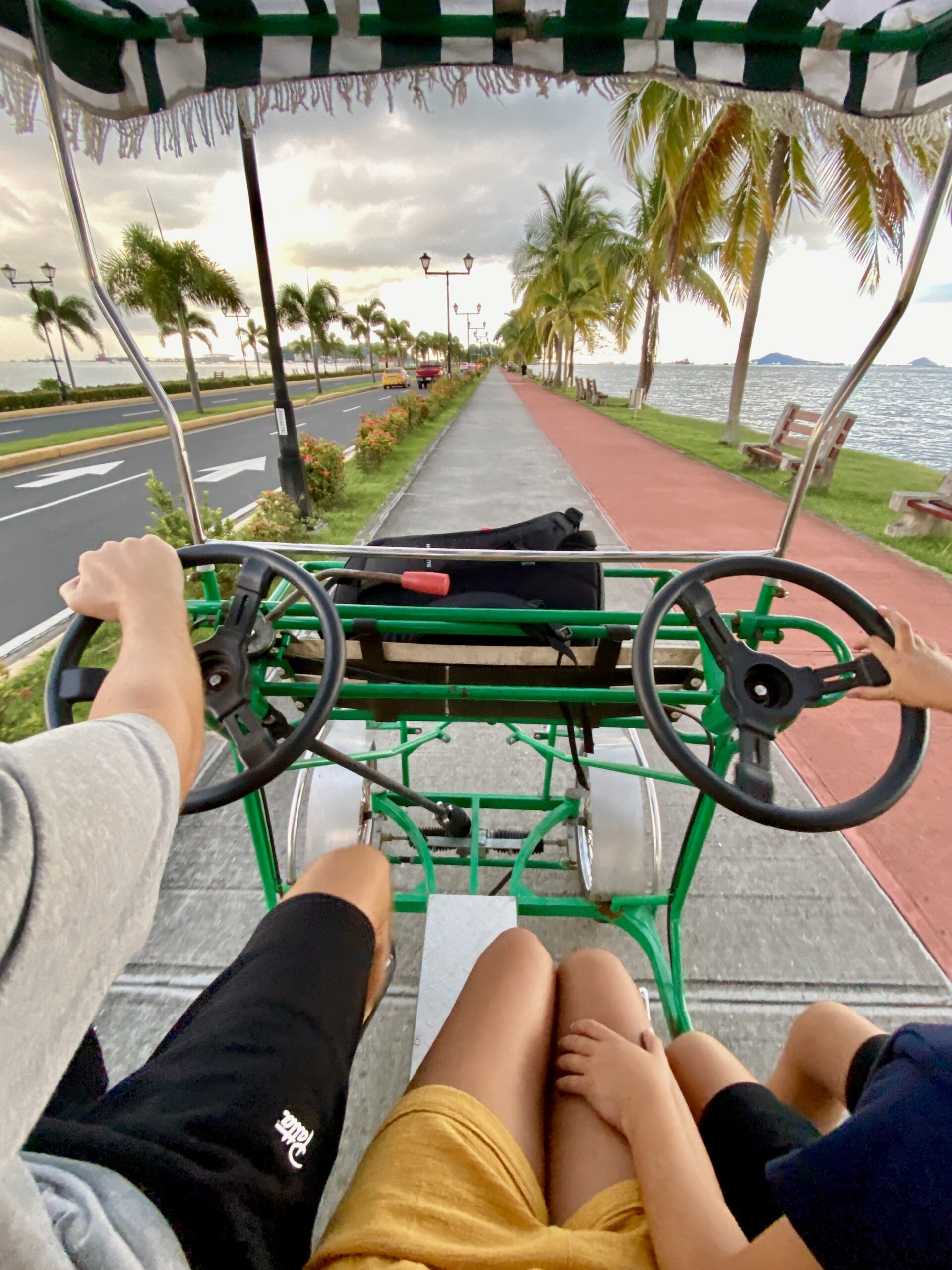
WEATHER
The weather in Panama is generally hot and humid year-round, with two distinct seasons: the dry season and the rainy season. Here’s a breakdown of the weather in Panama:
DRY SEASON
The dry season in Panama runs from December to April, with January and February typically being the driest months. During the dry season, temperatures are hot and humid, with average highs in the mid-80s to low-90s°F (28-32°C). Rainfall is scarce during this time, making it a popular time for tourists to visit.
RAINY SEASON
The rainy season in Panama runs from May to November, with October considered as the wettest month. During the rainy season, temperatures are still hot and humid, with average highs in the mid-80s to low-90s°F (28-32°C). However, there are frequent rain showers and thunderstorms, particularly in the afternoon and evening. The rain can be heavy at times, especially in low-lying areas.
We visited Panama towards the end of October and experienced brief showers on a couple of occasions – so took the opportunity to relax in a bar and museum. It didn’t take long for everywhere to dry up in the heat. So with visitor numbers low, I wouldn’t be put off by the rainy season.
Overall, Panama is a warm and humid destination year-round. It’s a good idea to bring lightweight, breathable clothing and rain gear if you’re traveling during the rainy season in preparation.
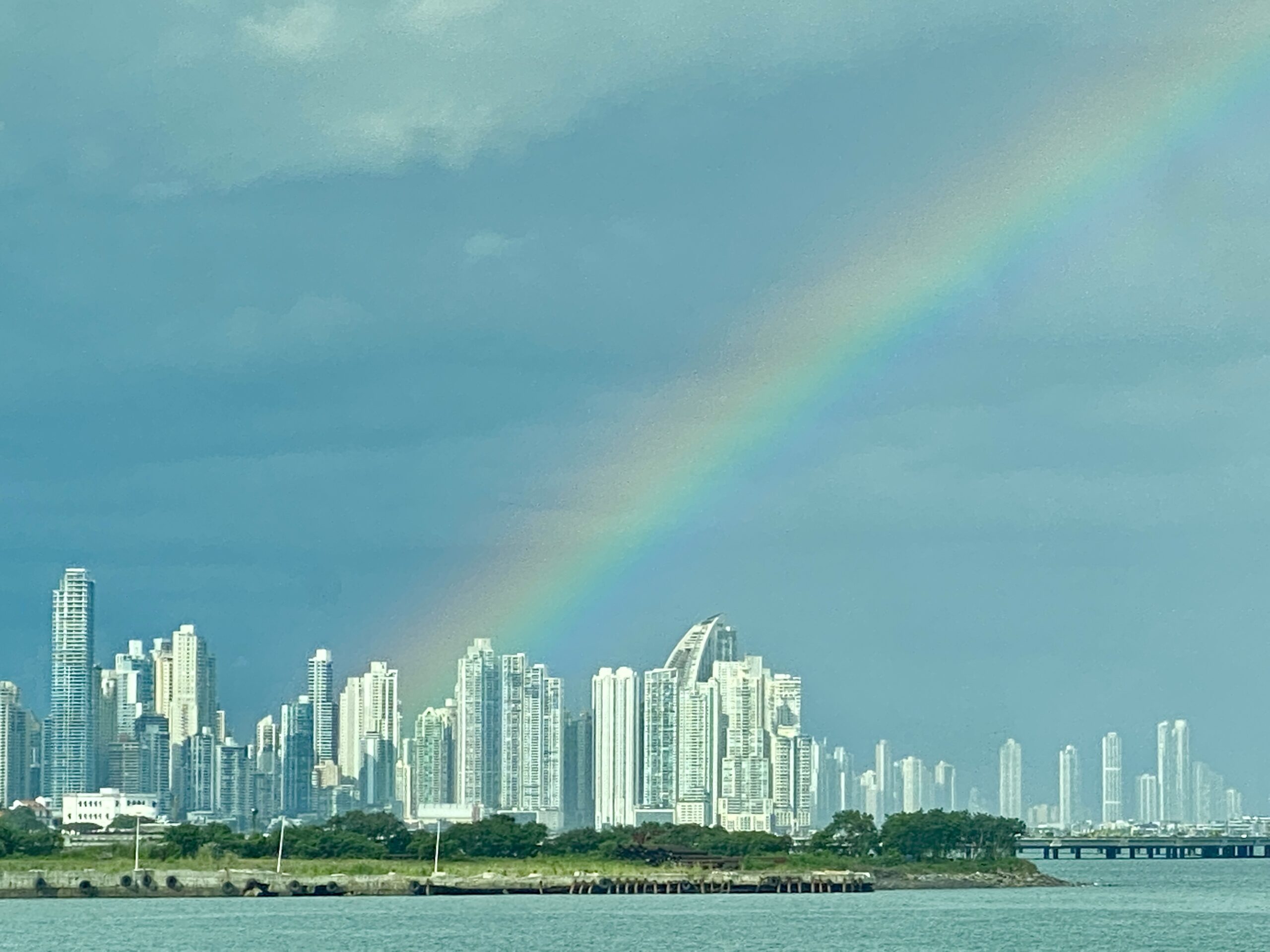

PACK LIKE A PRO
What to pack for Panama depends on your itinerary, the time of year you’re travelling, and the activities you have chosen to book. Here are some general items to consider when packing:
Lightweight, breathable clothing: Panama’s weather is hot and humid year-round, so lightweight, breathable clothing is essential. Shorts, t-shirts, and sundresses are all good options. You may also want to pack a light jacket or sweater for cooler evenings or air-conditioned spaces.
If you’re traveling during the rainy season (May to November), you’ll want to bring rain gear such as a waterproof jacket or poncho, a rain hat, and waterproof shoes.
Sunscreen, sunglasses and a hat are essential for protecting yourself from the strong tropical sun. Why not treat yourself to a perfectly-fitted panama hat, whilst in the region renowned for just that?! A long-sleeved shirt or cover-up is also a good idea if you’re planning to spend a lot of time outdoors.
Mosquitoes are present in Panama year-round, and there is a risk of mosquito-borne illnesses such as Zika, dengue, and chikungunya. Bring insect repellent containing DEET or other effective ingredients to protect yourself from mosquito bites.
If you plan to do a lot of walking or hiking, bring comfortable shoes with good traction. Sandals or flip-flops are also good options for the beach or hot weather.
No trip to Panama is complete without experiencing the bougie night-scene. Cocktails on rooftops overlooking the city. So be sure to pack some party clothes and shoes for late evening soirees.
Panama offers many opportunities for photography, so be sure to bring your camera or smartphone to capture the beautiful scenery and wildlife. With such breathtaking scenery – you would benefit from an SLR with a telephoto lens to capture distant scenes.
For more pro packing tips and if travelling with children, checkout out our post here, filled with all the essentials.
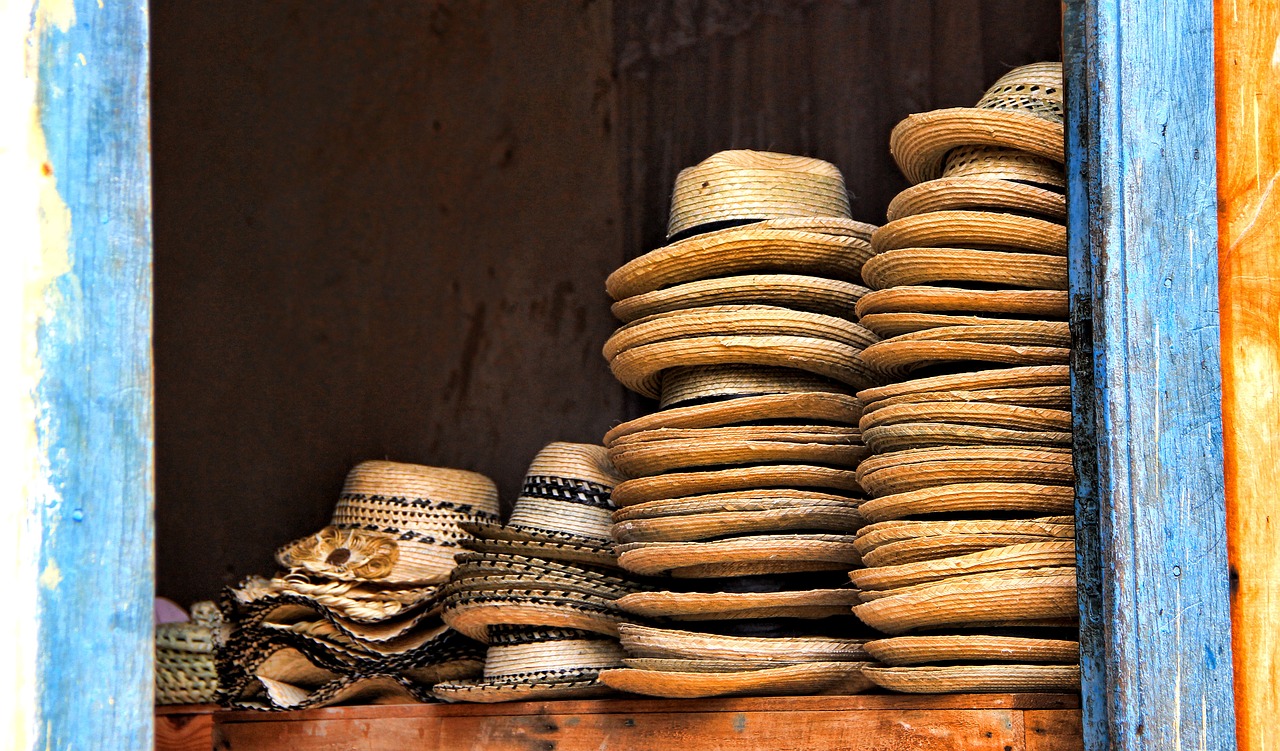
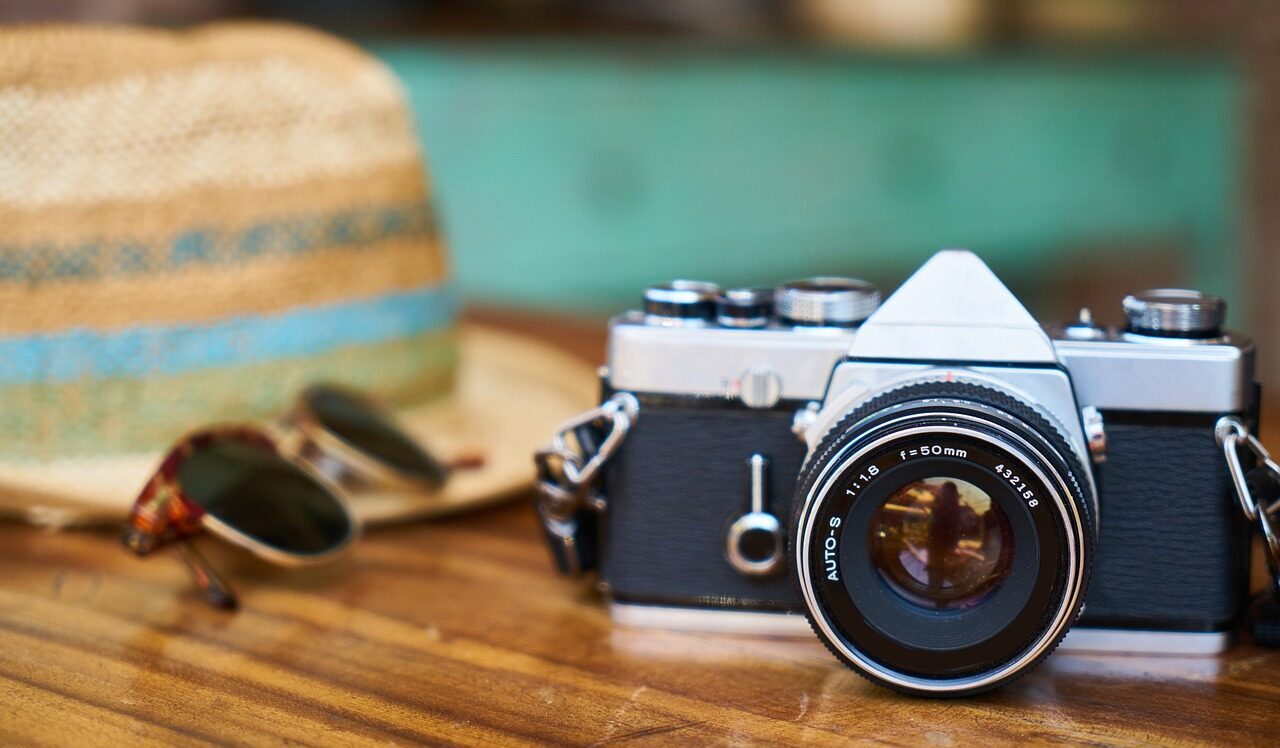
GLOBAL ADVENTURES
If you’d like to chat travel and adventure with Footloose & Three, please drop us a message on our Say Hello page.
November 14, 2022



